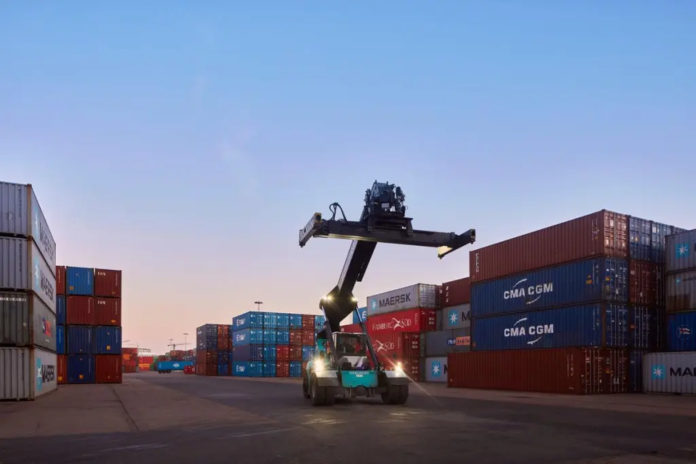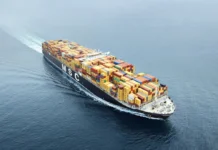
OPS facility planned for 2026
The Port of Helsingborg is moving ahead with plans for its first Onshore Power Supply (OPS) facility dedicated to container vessels. Set to go live in autumn 2026, the system will allow ships to plug into the local grid while at berth, reducing the need to run onboard generators.
“A major milestone”
Port CEO Bart Steijaert calls it a key part of the port’s climate strategy.
“Becoming the first port in Scandinavia to offer shore power for container vessels is a major milestone in our climate transition. It shows our commitment to a fossil-free future and strengthens our offer to shipping lines with high sustainability ambitions,” he said.
Shipping lines show support
Shipping companies have welcomed the move. Eimskip Sweden’s Managing Director, Gunnlaugur Grettisson, emphasized the operational and environmental gains.
“Being able to connect to electricity immediately upon arrival is something we’ve long called for. It significantly reduces our port-side emissions and helps us reach our own climate targets,” he said.
Meeting rules, and raising the bar
The OPS investment helps the port meet a 2019 regulatory requirement to offer shore-side connections within seven years. Developed in partnership with Actemium, the facility will support up to 3.5 megawatts of power. That’s enough to meet the demands of a standard feeder container vessel, or roughly 2,000 homes.
It will also meet international technical standards, ensuring long-term compatibility.
Cleaner air and quieter ports
OPS lets vessels switch off their diesel engines and plug into shore power. This cuts emissions of CO₂, NOₓ, SOₓ, hydrocarbons, and particulates. The Port estimates the long-term benefits could include annual savings of up to:
- 8,000 tonnes of CO₂
- 100 tonnes of NOₓ
- 5 tonnes of SOₓ
The benefits go beyond emissions. Shore power also improves the working environment by reducing noise and air pollution at the dock.
Supporting next-generation shipping
Hybrid and electric vessels are already operating in Helsingborg. Svitzer’s new hybrid tug is one recent example. As more ships adopt low-emission technologies, OPS will become a standard part of port infrastructure.
Aligned with EU climate targets
From 2030, EU law will require large ships to use shore power while docked. Helsingborg’s project keeps the port ahead of that curve and supports national climate goals. For shipping lines choosing ports, access to OPS will soon be a critical factor.
From pilot to full rollout
The first system will be installed at the container terminal. It’s an ideal location, both for vessel traffic and existing power infrastructure. The Port already offers shore power for ferries and now plans to scale that capacity for the container segment.
Not all vessels can use OPS, but for those that can, the environmental impact is significant.





